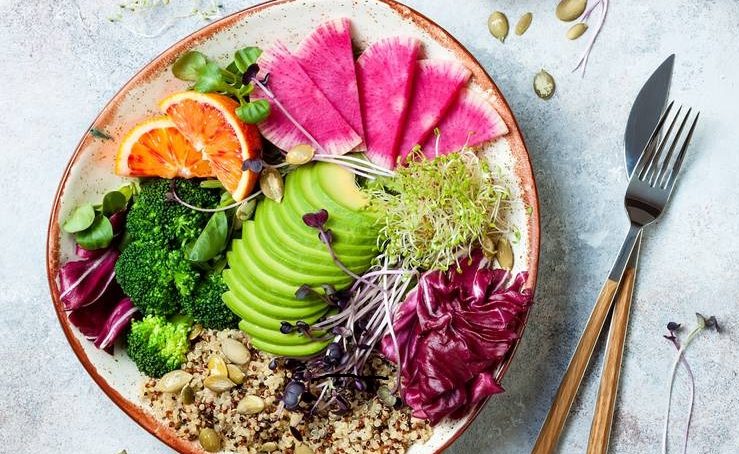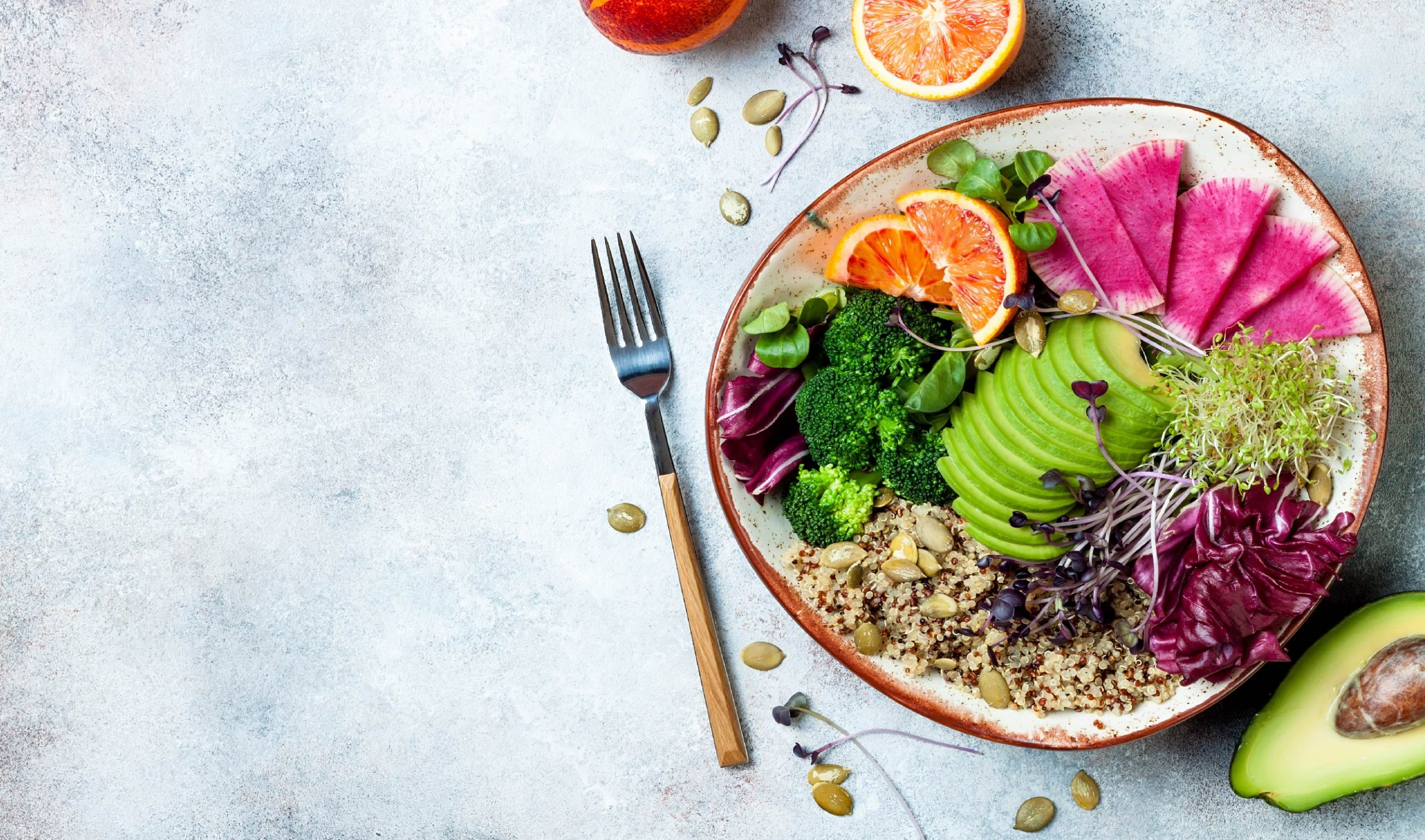

Food industry professionals have always operated at a crossroads, carefully balancing their overheads while maintaining the highest food standards. Pre-existing challenges, coupled with new hurdles, have continued to impact F&B companies in 2021. In general, the status can be summarized as F&B operators needing to optimize their supply chain and waste reduction while remaining transparent and being conscious of ever-evolving consumer trends. Due to the huge amount of information and research now available via avenues like the Internet, customer perspective has taken a dramatic shift and is far more conscious of matters such as the quality/standard of food preparation and industry trade practices. Demand for non-processed food has seen a steady increase, in light of emerging data labeling and the detrimental effects of processed and ultra-processed food. However, before we explore the determining factors that have led to the rise of non-processed food, we need to outline the core tenets of why processed food has had such an influence on the F&B industry in previous decades.
To put it simply, food processing solved a universal problem by recognizing that all food (except honey) has a finite shelf life. With the growth in global F&B markets and increased shipping/trade routes between destinations creating greater access and demand for seasonal foods, it was necessary to find a way to stave off the expiration process.
The addition of salt, sugar, fat, additives, preservatives and/or artificial colors can extend the life of food products. Furthermore, the canning, freezing or milling of foods delays their expiry. Food processing standardized practices allowed operators to cut costs, which translated into cheaper foods being made available to the consumer. Processed foods are far cheaper to produce en masse than individually prepared, non-preserved items. However, food processing preparation, though quite advantageous in the aforementioned instances, is also a double-edged sword.
Our bodies need to consume food for energy based on a system of macros and requirements that we utilize to operate efficiently. A healthy ratio of proteins, fats and carbohydrates are all important, but the human body also requires a wide array of vitamins, minerals and electrolytes which all support higher brain and motor functions. While in certain cases, foods such as milk and juice can be fortified with additional minerals and vitamins, in many cases a high consumption rate of processed foods can lead to significant increases in sodium and sugar intake that has a detrimental effect on consumer health. In other cases certain processing procedures can also strip and alter the nutrient contents of food, making them less nutritious by the time they are consumed.
Today, the market is more health conscious than it has ever been. Whereas previous generations opted for fast and cheap meals to sustain their lifestyles, modern generations are far more aware of how damaging ultra-processed food options can be to their health and well-being. The more ultra-processed foods we eat, the poorer the overall nutritional quality of our diet. As a result, nationwide obesity across several states in the western world has almost always been linked to an ultra-processed, nutrient-lacking diet combined with a sedentary lifestyle.
In light of the above, there is now a noticeable shift and increased demand for fresh and clean ingredients and preservative-free foods that promote health. “Organic” and “all natural” have become common phrases, with customers paying greater attention to such labels when deciding on which brands to select. As with any industry, customer trends will have a direct impact on industry practices, and the processed versus non-processed food market is no exception. Customer demand for an economic balance/ compromise between healthy and cost effective options will, in turn, mold the suppliers’, supply chain model for greater options that combine the best benefits of processing with enriching, all-natural, non-processed food options.

Abdul Kader Saadi,
Managing Director and owner
Glee Hospitality Solutions















